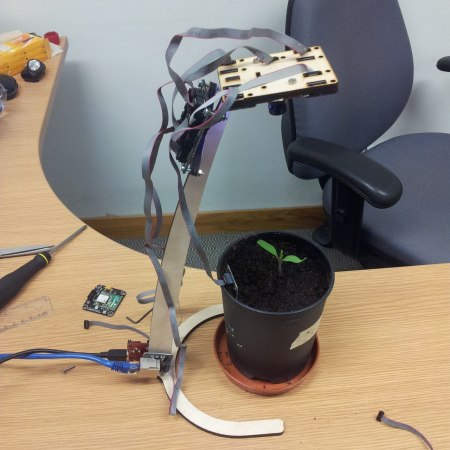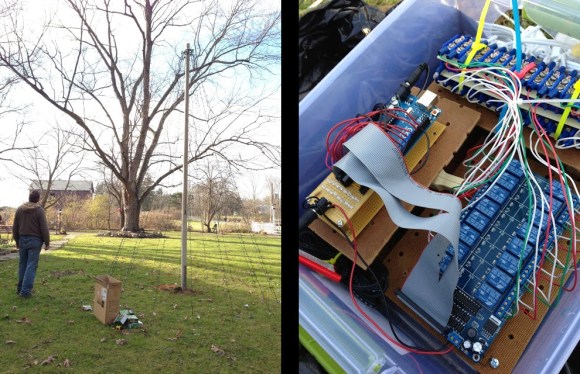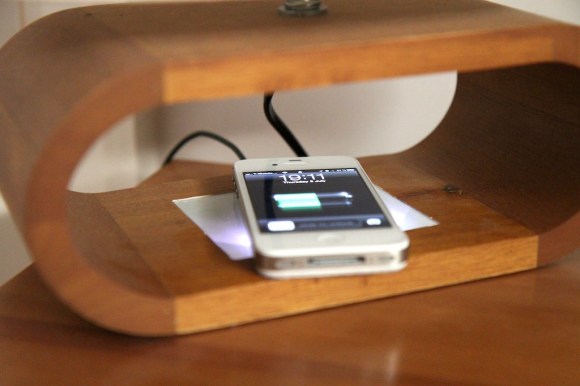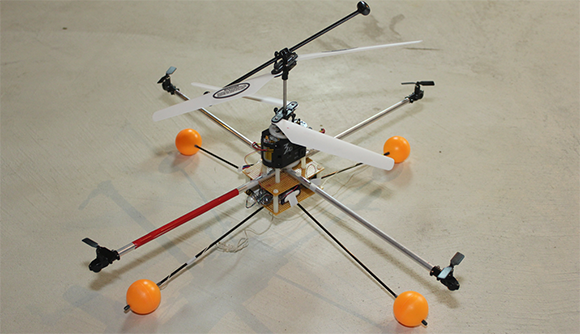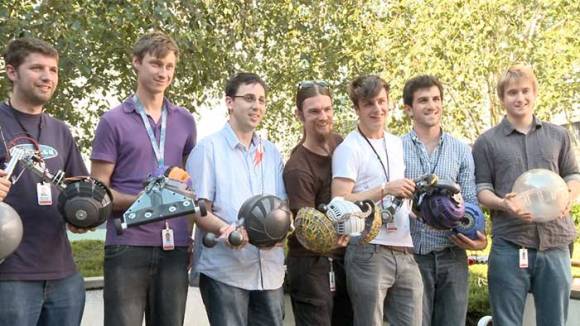
These guys are all engineers who are employed by Dyson. They’re holding remote control creations made from Dyson parts. This time around the object of the challenge was to build a bot based on a the Dyson ball and race it through an obstacle course.
This sort of thing is right up our alley, but unlike the last time Dyson engineers shrugged off the daily grind to hack their own hardware, this doesn’t show off nearly enough of the festivities. Sure the pair of videos embedded after the break make a great trailer for the event, but we would love to have seen 90 seconds devoted to each of the entries. Alas, you do get to see most of the winning unit’s obstacle course run which includes a distance route, navigating through rough terrain, and negotiating a high path where falling off the edge is a real threat.
Maybe the engineers themselves will post details about their own builds like the contestants in Sparkfun’s autonomous vehicle contest do.
Continue reading “Dyson Engineers’ Hacks Traverse Robot Obstacle Course”

